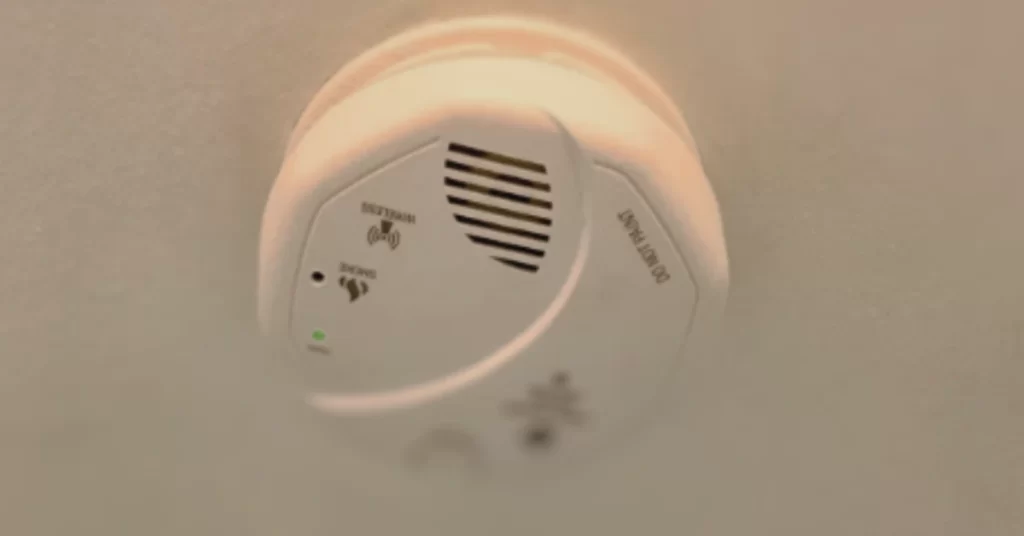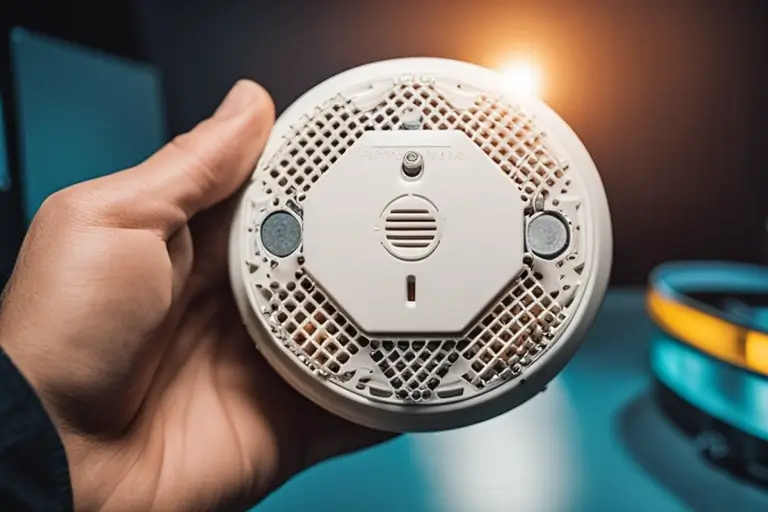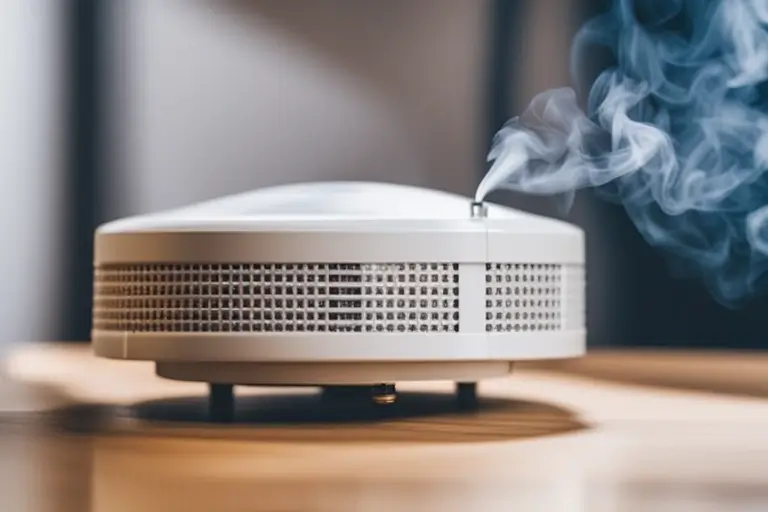Activate First Alert Smoke Detector: Are you looking to activate your First Alert smoke detector but not sure how to do it? Look no further! As we all know, smoke detectors play a crucial role in keeping our homes safe from potential fires. But did you know that proper activation is essential for them to function correctly? Whether you have the First Alert SCO5CN, SC9120B, or any other model, this step-by-step guide will help you activate your smoke detector with ease.
Don’t let the fear of not knowing how to activate your device stop you from ensuring the safety of your home and loved ones. Follow along and learn how to activate your First Alert smoke detector in just a few simple steps.
Identifying Your First Alert Model

Before we can get started with activation, it’s essential to identify your specific First Alert model. Each model may have slight differences in its activation process. Look for the model number on the back or side of your unit. It’s typically a series of numbers or letters, like SCO5CN or SC9120B. If you’re having trouble finding it, take a look at here from First Alert that provides more detailed instructions.
Once you’ve found your model number, you can confirm the details on First Alert’s official website. This step will give you a visual reference and specifics about your smoke detector. For a visual aid, refer to the product images provided.
Remember, the more you know about your specific model, the easier it will be to activate and ensure it’s working correctly. Let’s move forward with this newfound knowledge about your First Alert smoke detector!
Activation Methods for First Alert Smoke Detectors
Below are the methods for activating first alert smoke detectors.
Hardwired Smoke Detectors
Let’s talk about hardwired First Alert smoke detectors. It’s important to note that handling electrical wiring should be done with caution. Always make sure the power is turned off at the circuit breaker before you begin. If you’re ever uncertain or uncomfortable handling electrical wiring, we highly recommend consulting a professional electrician. To start, locate the two wires coming from your smoke detector.
One will be black (hot wire), and the other white (neutral wire). Connect the black wire from your smoke detector to the black wire in your ceiling or wall using a wire nut. Do the same for the white wires. Now, attach the ground wire to the grounding screw. Once everything is connected, secure the smoke detector onto its mounting bracket.
To test for power, turn the circuit breaker back on. Your smoke detector should power up, and the power indicator light should be on. Now, you can test your smoke detector as previously described. This is the time to ensure your hardwired smoke detector is properly activated and ready to keep your home safe.
Battery-Powered Smoke Detectors

For battery-powered First Alert smoke detectors, both new and older models, the activation process is a breeze. New models come with a tamper-resistant feature. It’s crucial not to forcibly remove the tamper tab, as it may trigger unnecessary alarms. Align the unit with the base and rotate it until it clicks into place.
On successful mounting, a confirmation beep or a light will indicate that the unit is operational. The test button can then be used to verify proper activation. As for older models, the battery compartment is usually located at the back of the unit. Open the compartment, insert the correct battery type as recommended for your specific model, and then securely close it.
If the compartment is not closing correctly, check if the battery is correctly placed. Remember, using the correct battery type is crucial for the detector’s effective performance. With that, your battery-powered smoke detector is activated and ready to guard your home against fire hazards!
Verification and Troubleshooting First Alert Smoke Detector
For verification, give your smoke detector a test. Press and hold the “test” button on your device. You should hear a loud beep. The beep signifies that your smoke detector is in working condition. If you hear a chirping sound instead, it usually means your battery is running low. If you don’t hear anything at all, make sure your battery is properly installed, or try changing the battery.
Still no sound? Your detector may be faulty or nearing the end of its lifespan. If you continue experiencing issues, consult your user manual or visit the First Alert’s official website.
Additionally, their customer support line is always available for assistance. Remember, a working smoke detector is key to your safety. Therefore, always ensure your First Alert smoke detector is fully functional and ready to alert you in the event of a fire.
Additional Tips

To maximize your safety, it’s crucial to consider the placement and number of smoke detectors in your home. The National Fire Protection Association recommends installing smoke detectors in every bedroom, outside each sleeping area, and on every level of your home, including the basement.
A well-distributed network of detectors will ensure you are alerted promptly in the event of a fire. Regular testing and maintenance are key to maintaining your smoke detectors’ effectiveness. Ideally, the ‘test’ button should be pressed once a month to ensure the alarm is working. Also, dust and debris should be vacuumed off the detectors periodically to prevent blockage of the sensor.
Some First Alert models are smart-home compatible, offering the convenience of mobile notifications and remote monitoring. This means you can be alerted to potential dangers, even when you’re not home. Lastly, remember that the lifespan of a smoke detector is generally ten years. After this period, it’s recommended to replace your smoke detectors to ensure your home’s safety. Stay vigilant, stay safe.
Conclusion
Securing your home with a fully functioning First Alert smoke detector is a vital step in fire safety. Remember, correct activation is essential for it to work as intended. Whether you have a hardwired or battery-powered model, this guide has walked you through the steps of activating your device. But the journey doesn’t stop here. Monthly tests, regular maintenance, and eventual replacements are necessary for maintaining optimal safety.
Smoke detectors are our first line of defense in preventing disaster, which is why it’s so critical to ensure yours is working correctly. By following the steps outlined in this guide, you are playing a significant role in safeguarding your home and loved ones. We hope you found this guide useful.
If you’ve had any experiences activating your First Alert smoke detector, or if you have any questions or concerns, we invite you to share them in the comments below. Let’s continue the conversation and support each other in maintaining our home safety. Because at the end of the day, what’s more important than the safety of our loved ones?
You can also read
